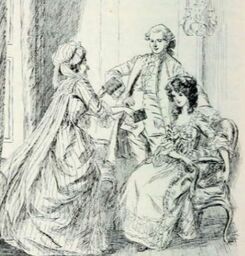 Fanny Burney's Evelina -- practically perfect in every way
Fanny Burney's Evelina -- practically perfect in every way Creating a perfect heroine is an artistic challenge. First, without faults to overcome, it’s hard for a character to have a character arc. The perfect heroine has to struggle against circumstances that are none of her own making – she is an orphan, or an outcast, she is treated unjustly, she is misunderstood, she is the victim of jealousy or selfishness. And if she is a perfect 18th century female, it’s hard to give her any agency. She can’t travel on her own or earn her own money or give anybody a dressing-down. More typically, the 18th-century heroine weeps her way through her travails until she gets to her happy ending. However, I’ve recently encountered two heroines who are not entirely ridiculous: one is Adela Cleveland in Sarah Burney’s Traits of Nature (1812) and the other is the mother in Jane West’s The Advantages of Education (1793).
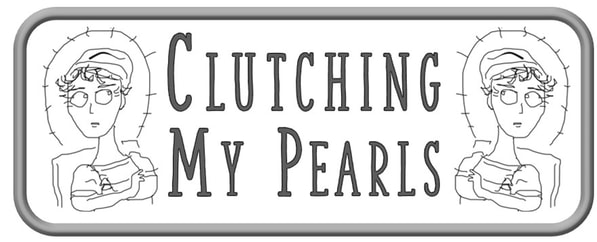
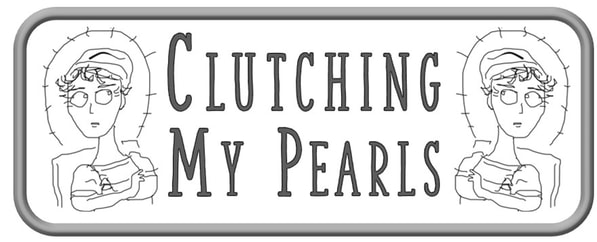
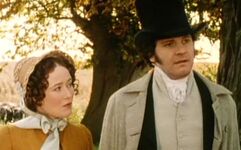
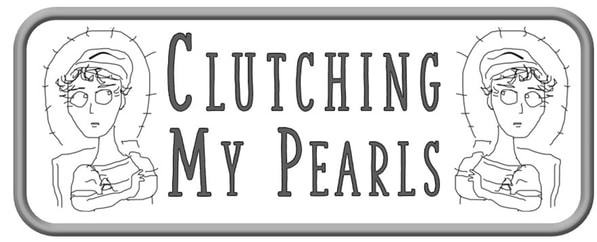
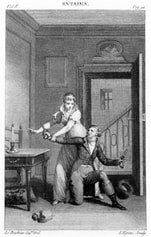
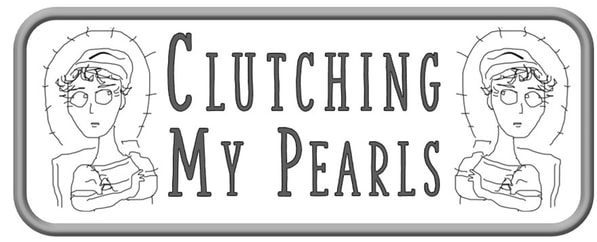
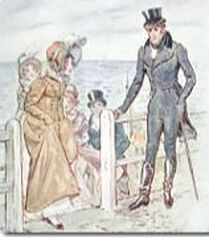
 RSS Feed
RSS Feed